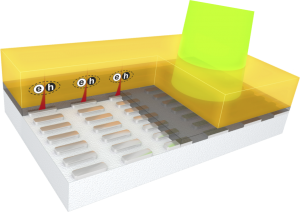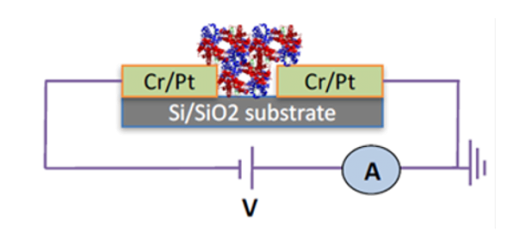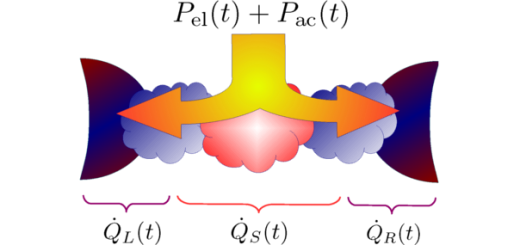Thermalization and Cooling of Plasmon-exciton-polaritons: Towards Quantum Condensation
 Date: Wednesday, 11st December 2013.
Date: Wednesday, 11st December 2013.
Time: 12:00h
Place: Departamento de Física de la Materia Condensada, Facultad Ciencias, Módulo 3 , Aula de Seminarios (5ª Planta)
Johannes Feist (Departamento de Física Teórica de la Materia Condensada Universidad Autónoma de Madrid).
ABSTRACT:
Condensation, where a single quantum state is macroscopically populated, lies at the heart of superfluidity, superconductivity, and Bose-Einstein condensation. A long-standing goal is to find systems that show condensation at higher temperatures than the well-known case of ultracold atomic gases, even at or above room temperature. Bosonic quasi-particles in solids are excellent candidates due to their low effective masses, and condensation has been observed for semiconductor exciton-polaritons, magnons and cavity photons.
I will present and discuss experimental signatures of thermalization and cooling, a precursor for condensation, of plasmon-exciton-polaritons (PEPs) at room temperature. The system consists of an array of metallic nanorods covered by an organic dye layer. PEPs are formed by strong coupling between organic molecule excitons and surface lattice resonances (hybrid photonic-plasmonic states). The effective PEP mass is seven orders of magnitude below the electron mass and two orders of magnitude below exciton-polaritons in semiconductor microcavities. PEPs can be easily pumped and observed due to their photonic component. By increasing the PEP density through optical pumping, we observe signatures of thermalization and cooling, despite the nonequilibrium character of this driven and dissipative system. For increased pumping, we observe saturation of the strong coupling and emission in a new weakly coupled band, which again shows thermalization and cooling.



















